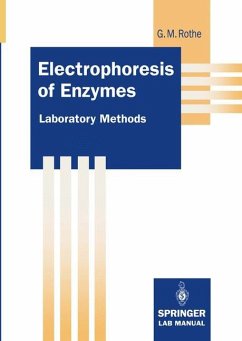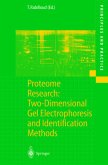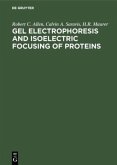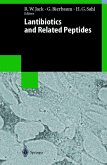This book is addressed to both new and experienced workers interested in the properties of enzymes or using enzymes as gene markers in areas such as biochemi stry, clinical pathology, zoology, botany, systematics, ecology, population genetics or natural resources management. The first chapter introduces into the classification, structure and size of enzymes and isozymes. The second chapter provides protocols to extract (iso)enzymes from microbial, plant, animal and human tissue and cells-respectively. Methods to extract enzymes from cell-organelles of plant and animal tissues are also presented. The third chapter is dedicated to reliable electrophoretic procedures being in use to separate native enzymes. Some quantitative electrophoretic methods are also given to deter mine the size and net charge of (iso)enzymes. Chapter four summarizes methods to renature enzymes after sodium dodecylsulphate electrophoresis. Chapter five gives an overview on the various "histochemical" reactions being in use to visualize enzymes following electrophoresis. Specific staining protocols together with suitable electrophoretic systems for more than 100 different enzymes are listed in chapter six. Finally, methods of data acquisition from enzyme patterns produced by electro phoresis are presented and various examples given to calculate populational genetic statistics. Acknowledgement I am very grateful to Prof. Dr. Bertold J. Radola who encouraged me to write this book. I am also much indebted to all my students but especially to Renate Bohrmann, Ute Does, Dr. Werner D. Maurer, Brigitte Niethard, Monika Noll, Dr. Irene Novotny, Ina Pappe, Dr. Huschang Pukhanbaba, Anke Richert and Beate Schellenberg.








